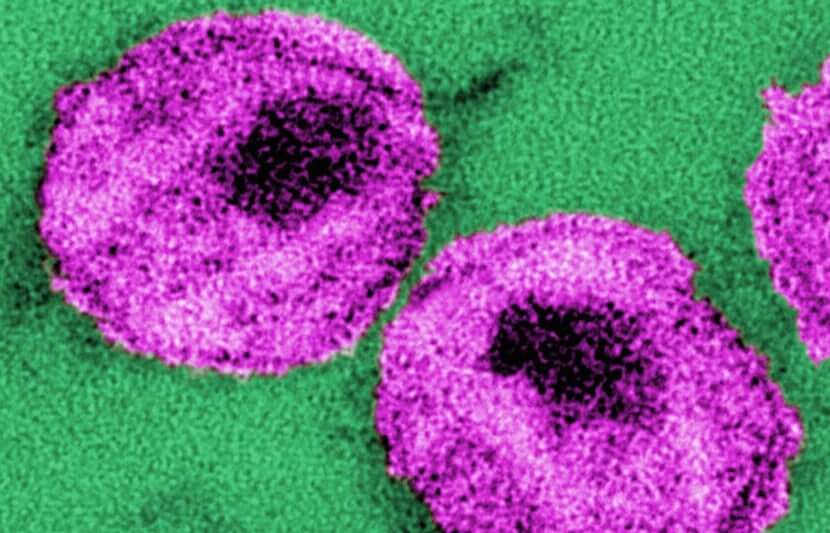A team of researchers from UCLA, Stanford University, and the National Institutes of Health (NIH) has developed a molecule capable of waking up dormant HIV virus and eliminating it.
The team calls this approach the “kick and kill” method, and has tested it on mice.
Current HIV treatments can make the virus nearly undetectable, thus improving patients’ health, extending the amount of time one can live with the virus, and limiting the chances of spreading it from person to person.
But the treatments are unable to eliminate the virus altogether.
This is because the virus can hide itself in a small subset of T-cells. These cells can’t be detected by the immune system, or affected by drugs. But when patients stop treatment, it is very easy for the virus to emerge from the T-cells, multiply, and weaken the immune system. This also runs the risk of causing cancer or infections that can sicken or kill patients.
“The latent HIV reservoir is very stable and can reactivate virus replication if a patient stops taking antiretroviral drugs for any reason,” said lead author Matthew Marsden, an assistant professor of medicine in the division of hematology oncology at the David Geffen School of Medicine at UCLA, in a statement.
“Our study suggests that there may be means of activating latent virus in the body while the patient is on antiretroviral drugs to prevent the virus from spreading, and that this may eliminate at least some of the latent reservoir.”
The team’s “kick and kill” approach awakens the dormant virus and causes it to start replicating. When the virus comes out from hiding, the immune system or the virus itself would kill the cells holding HIV.
“The ‘kick’ component of kick and kill is intended to activate expression of the latent virus while on therapy to prevent spread of infection,” said senior author Jerome Zack, professor of medicine and chair of the department of microbiology, immunology and molecular genetics at the Geffen School, who also serves as director of the UCLA Center for AIDS Research.
“This new viral expression can be detected by the ‘kill’ portion, which results in the death of the previously latently infected cell, thereby eliminating that latent virus,” he said.
To test their method, the researchers gave antiviral drugs to HIV-infected mice. They then introduced a synthetic compound developed at Stanford called SUW133 to the mice. This synthetic compound activated dormant HIV cells in the mice and destroyed 25 percent of the previously HIV-infected dormant cells in less than 24 hours.
The team’s synthetic compound is based on a natural compound bryostatin 1, which is extracted from a marine animal called Bugula neritina. Although the synthetic compound is less toxic than the naturally occurring version, it is still too dangerous to be used in humans.
“This study points the way towards an approach that may result in elimination of HIV infection from the body,” Zack said.
While we are not completely there yet, this suggests that strategies such as ‘kick and kill’ might prove useful in the future.
While the tests were deemed successful, there is still work to be done.
The researchers plan on further modification of their synthetic molecule to reduce toxicity and insure safety and efficacy, Zack said.
The next step is to perform additional testing to confirm the patients won’t experience any harm.
“Our mouse model is not a perfect representation of the human clinical situation, thus the molecules could behave differently in a true clinical situation,” Zack said. “We hope this is not the case, but this is why we need additional testing.”
Additional authors of the study are Xiaomeng Wu and Christina Ramirez from UCLA; Brian Loy, Adam Schrier, Akira Shimizu, Steven Ryckbosch, Katherine Near and Paul Wender from Stanford; and Danielle Murray and Tae-Wook Chun from the NIH’s National Institute of Allergy and Infectious Diseases.
The study is published in PLOS.



